ARTICLES AND INSIGHTS
The choice of a "vintage condominium" to satisfy a preference for quality in the city center
Around the year 2000 when the term “return to urban areas” appeared, another term was coined: vintage condominium. These condominiums were built at a time when anyone could live in the city center due to falling land prices. Admired by all and obtainable by only a select few, they have continued to maintain a high value of at least three million yen per tsubo despite being more than a decade old. Let’s take a look at what specific criteria put a property into this category.
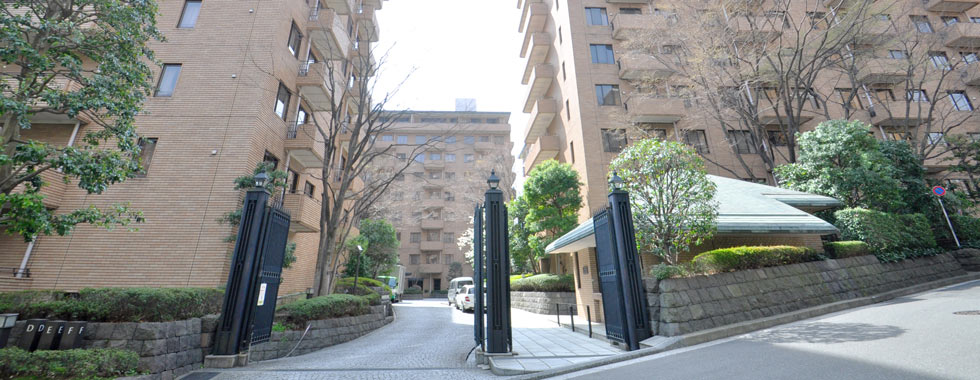
Situated on prestigious high ground, free of the hustle and bustle
The first criterion is location. Vintage condominiums are naturally situated in a central Tokyo location offering great convenience, but they are also characteristically positioned on prestigious high ground, which is even rarer for these areas. In Chiyoda Ward, for example, properties appraised as “vintage” such as Ichibancho Park Mansion and Grand Form Rokubancho are grouped in the Bancho area. As you may know, this is where residences of the Shogun’s retainers were arranged to protect the west side of Edo Castle during the Edo Period. Where some of Tokyo’s oldest samurai residences once stood, the area is now home to the British Embassy Tokyo and a host of other embassies, prestigious residences and universities. The neighborhood certainly connotes a sense of high status.
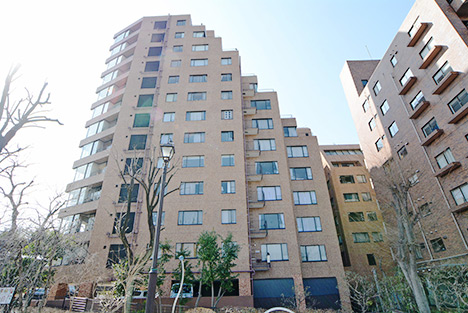
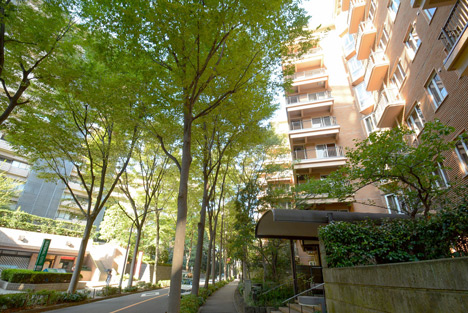
Hiroo Garden Hills, on the other hand, is widely known as “the apartment complex whose value never falls.” The complex is situated at the top of a hill from an entrance along Gaien-nishi Dori street. While the elevation of the area around Hiroo station is about 10 meters, it is a prestigious height of around 30 meters on the grounds of Garden Hills. The high-ground location means one must climb the hill whichever direction they approach from.
Another feature is the favorable residential environment.
Many of these buildings are constructed on large plots of land where samurai residences once stood, which are
generally quiet and relaxing locations away from the bustle of commercial areas and major roads. The
complexes are often surrounded by greenery, while some properties like Mita Tsunamachi Park Mansion let
residents enjoy the borrowed landscape of the Tsunamachi Mitsui Club and Italian Embassy.”(a sales
director of KEN)
By ward, Minato Ward has the most vintage condominiums by far, followed by Shibuya and Chiyoda wards, which also have large numbers. These residential streets are known by name to many, and are often famous within their respective wards. While vintage condominiums exist elsewhere such as Meguro, Setagaya and Shinagawa wards, there are few neighborhoods referred to as samurai residence areas and condominiums themselves are scarce in these areas, making their availability extremely limited in today’s market.
Spacious unit layouts mainly 100㎡ or more on expansive premises
The next big feature is spaciousness. With vintage condominiums, buildings are generally laid out across a spacious and expansive site despite the central urban location, with most units offering more than 100㎡of floor area. While some buildings are towers, many are small-to-medium-sized low rises. In the majority of cases, the building entrances feature lobbies and lounges with a high-grade feel, and the hallways connecting to individual units are also enclosed.
"At the above-mentioned Mita Tsunamachi Park Mansion, all of the units are a luxurious size of 115.71㎡ - 128㎡, and what’s more these are 2LDK configurations. The spacious construction bordering on luxurious is what makes these vintage condominiums truly vintage!" (KEN)
Of course, that doesn’t mean the units follow the "田(form like gathering of boxes)" grid shaped floor layout common to Japanese condominiums. Most of the floor plans are laid out with ease of use in mind, offering a clear separation between public and private areas that is conducive to entertaining guests. For this purpose, the living rooms are around 20 jo (30㎡) in size, and units often contain multiple toilets and bathrooms. It is not unusual for a master bedroom to include an en-suite bathroom.
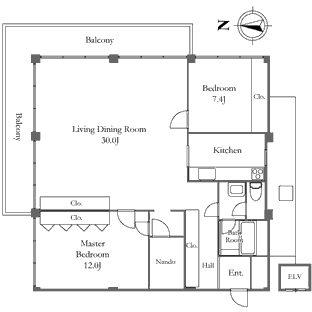
Meticulous management and excellent landscaping to defy property age
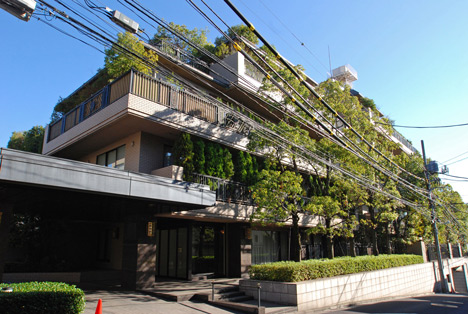
Another factor necessary for vintage condominiums to retain its vintage status is management and maintenance to preserve the condition of the building over the long term. Buildings naturally deteriorate as they get older, but when appropriate maintenance is performed, this deterioration can be halted and even become part of the property’s personality.
"With vintage condominiums, highly conscious residents are assigned to the operation of management associations to properly undertake large-scale renovations and other upkeep tasks on a periodic basis. At Mita Tsunamachi Park Mansion, for instance, the entrance hall itself was renovated and completely revamped, and in Building 3 of the South Hill at Hiroo Garden Hills, regarded as the highest grade building on the site, efforts have been made to replace the elevator cage at great cost." (KEN)
Daily upkeep is of course an important factor. Needless to say, these complexes feature permanently assigned management staff, security guards and concierges, and a visit to one of these properties will reveal the meticulous cleaning performed throughout the premises as well as inside. Even the garbage collection points are kept spotlessly clean. At some of these properties, the sight of someone performing a cleaning duty can be seen no matter when you visit. This shows that the greater the upkeep being performed, the more polished the property will be.
Stunningly cultivated greenery is another common trait among vintage condominiums. If you imagine Hiroo Garden Hills without all the greenery, you can appreciate the great value in what has been cultivated and maintained over many years. Meanwhile, "properties like Azabu Kasumicho Park Mansion continuously decorate the entrance with fresh flowers, and that careful attention translates into value." (KEN) While these special touches may be trivial, they help differentiate a property from others.
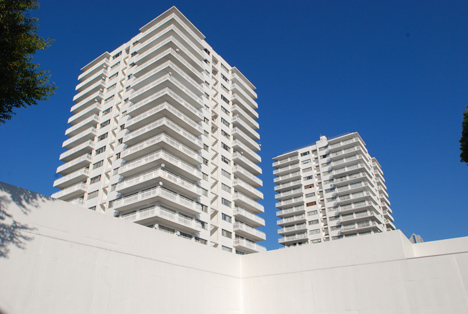
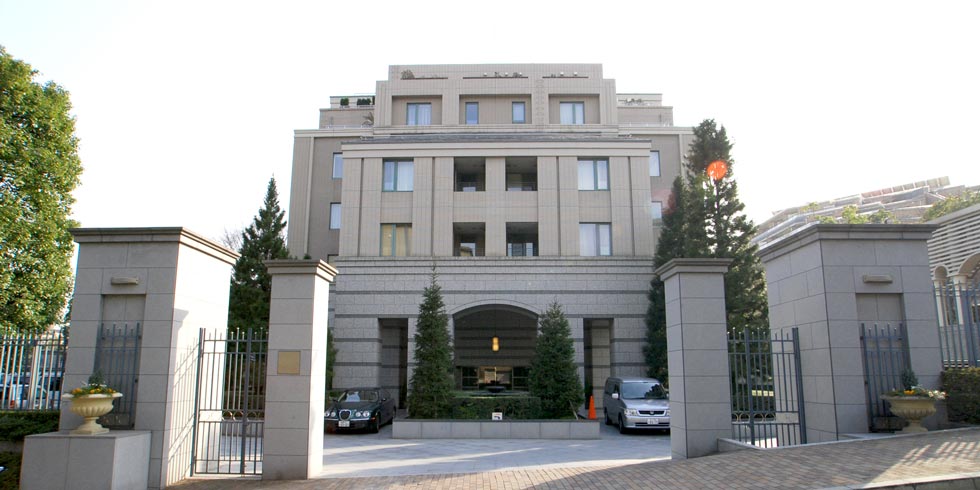
Maintaining prices comparable with newly built properties amid increasing scarcity
Finally, we’d like to offer some useful information for those hunting for a vintage condominium. First is a rough numerical figure regarding vintage condominiums.
At the beginning of this article, we mentioned one criteria of a vintage condominium was an age of at least ten years, and this definition was appropriated from the magazine "TOSHIN NI SUMU" (meaning "Living in prices in central Tokyo", published by Recruit Co., Ltd.), which specializes in high-priced properties in central Tokyo. However, considering that the operational status of a management association is revealed in large-scale repairs and renovations, it may be easier to gain an accurate picture of a property’s management status when it is at least 12 or 13 years old, which is when large-scale renovations are usually carried out for the first time.
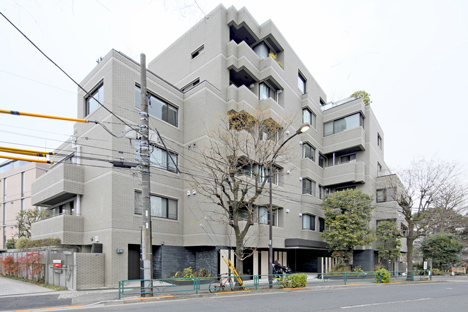
"TOSHIN NI SUMU" also provides a baseline for price at 3 million yen per tsubo (3.3㎡), but another factor is that there is very little fluctuation in prices.
"Once the lots are sold, prices can be slightly influenced by large fluctuations in the business cycle, but prices of vintage condominiums by their nature do not continue to decline. Take Minami-Aoyama Toyoda Park Mansion for an example. It was built in 1986 and in autumn 2016 large-scale construction work was carried out on the entrance and elsewhere to give it an almost new look. It was subsequently put on the market, at a price of roughly 7 million yen per tsubo. By comparison, The Park house Gran Minami-Aoyama was completed in 2016 in the same Minami-Aoyama area, and if you consider that the never-lived-in units of that property went for around 8 million yen or more per tsubo, you can appreciate the extremely high level of value a vintage condominium can retain." (KEN)
As of 2017, Minami-Aoyama Toyoda Park Mansion is 31 years old. Despite that, it is priced neck and neck with the newly constructed properties springing up around it, offering a glimpse into the true value of vintage condominiums.
Another metric to consider is predictions of future supply. If a property looks like it will become one of these vintage condominiums, one option is to buy it ahead of time, but unfortunately there are only slim hopes for success.
"Around 2000 to 2003 when the economy was sluggish, there were frequent sell-offs of guest houses companies used to entertain clients, and these became condominiums. A notable example is The House Minami-Azabu. It was originally known as Beisokaku and used as a guest house by the Saison Group, and it was built on the former site of late Seibu Railway Group founder Yasujiro Tsutsumi’s residence. At the time, however, sizeable plots of prime land in central Tokyo were scarce. Likely the only land that will become available in the future is the former sites of housing for government officials in central Tokyo, as was the case with The Parkhouse Gran Minami-Aoyama that was a former housing complex for government officials in Minami-Aoyama. But for a property to be created with vintage qualities there needs to be a certain amount of spaciousness, and there is almost no land that still fits the bill." (KEN)
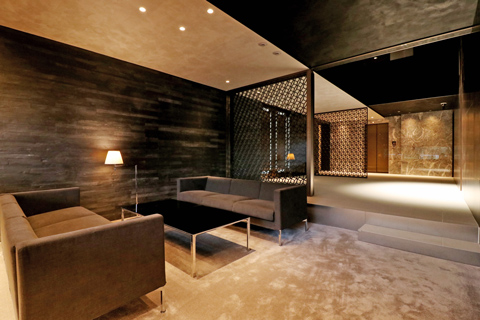
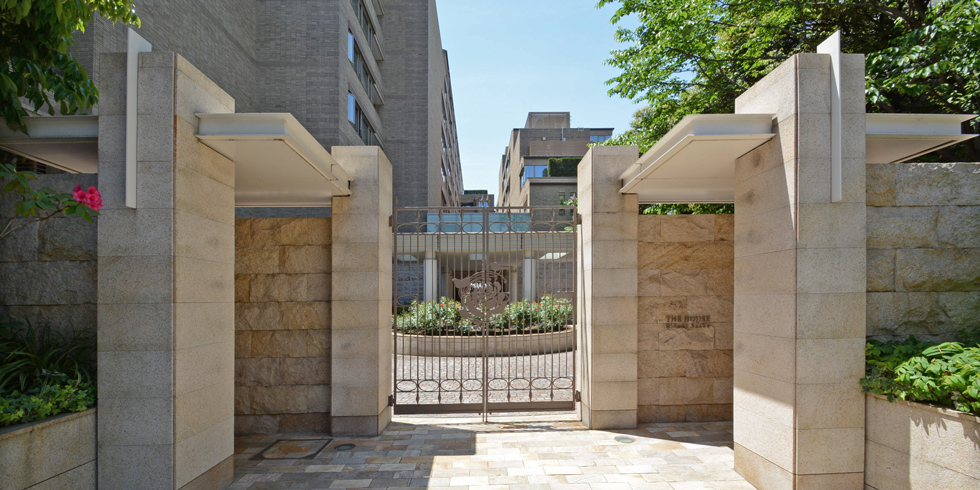
Assuming that new vintage properties will not appear down the road, the scarcity of properties currently regarded as vintage condominiums will only increase moving forward. As the number of these properties is limited in central Tokyo to start with, they are not available for purchase at any time, but if you wish to live in the city center and hope to elevate the quality of your daily life, a vintage condominium may be worth considering.
*Information including the property names, project names, station names and employee departments are current as of May 2017.
Hiroko Nakagawa
For more than two decades, Nakagawa has been involved in editing magazines, books and websites on living-related issues such as purchasing, leasing and building. Nakagawa has lived in Omotesando for many years, and is keenly aware of the comfort of living in central Tokyo.
Nakagawa is the author of an All About Guidebook titled Sumiyasui Machierabi: Shutoken (Finding a livable town: Tokyo metropolitan area).